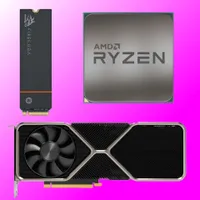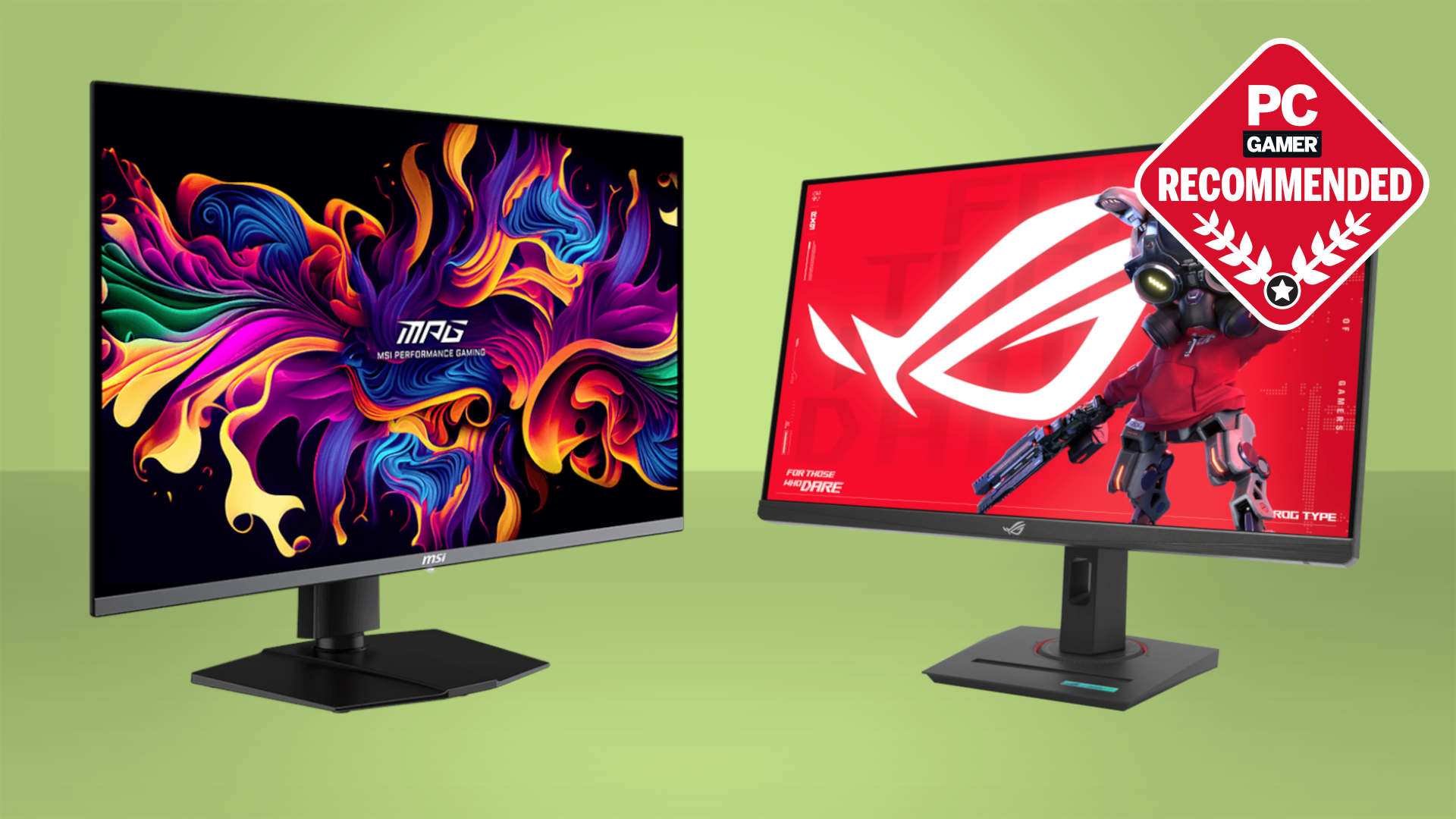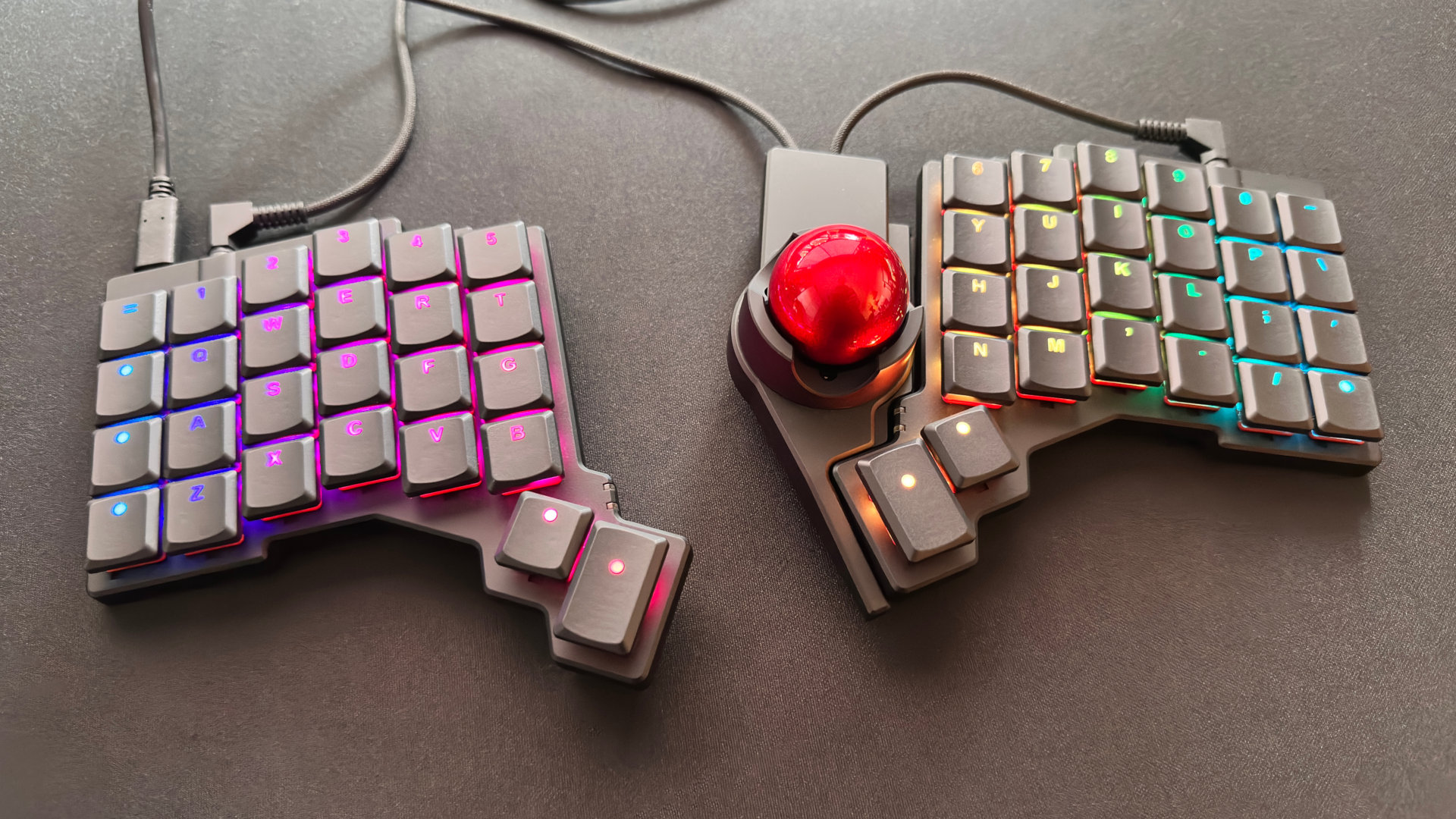Intel's all-important Panther Lake mobile chip rumoured to launch later this year with just one model and it won't be getting the exciting graphics option
Only four Celestial-spec GPU cores at launch, not the full-fat 12-core variant.
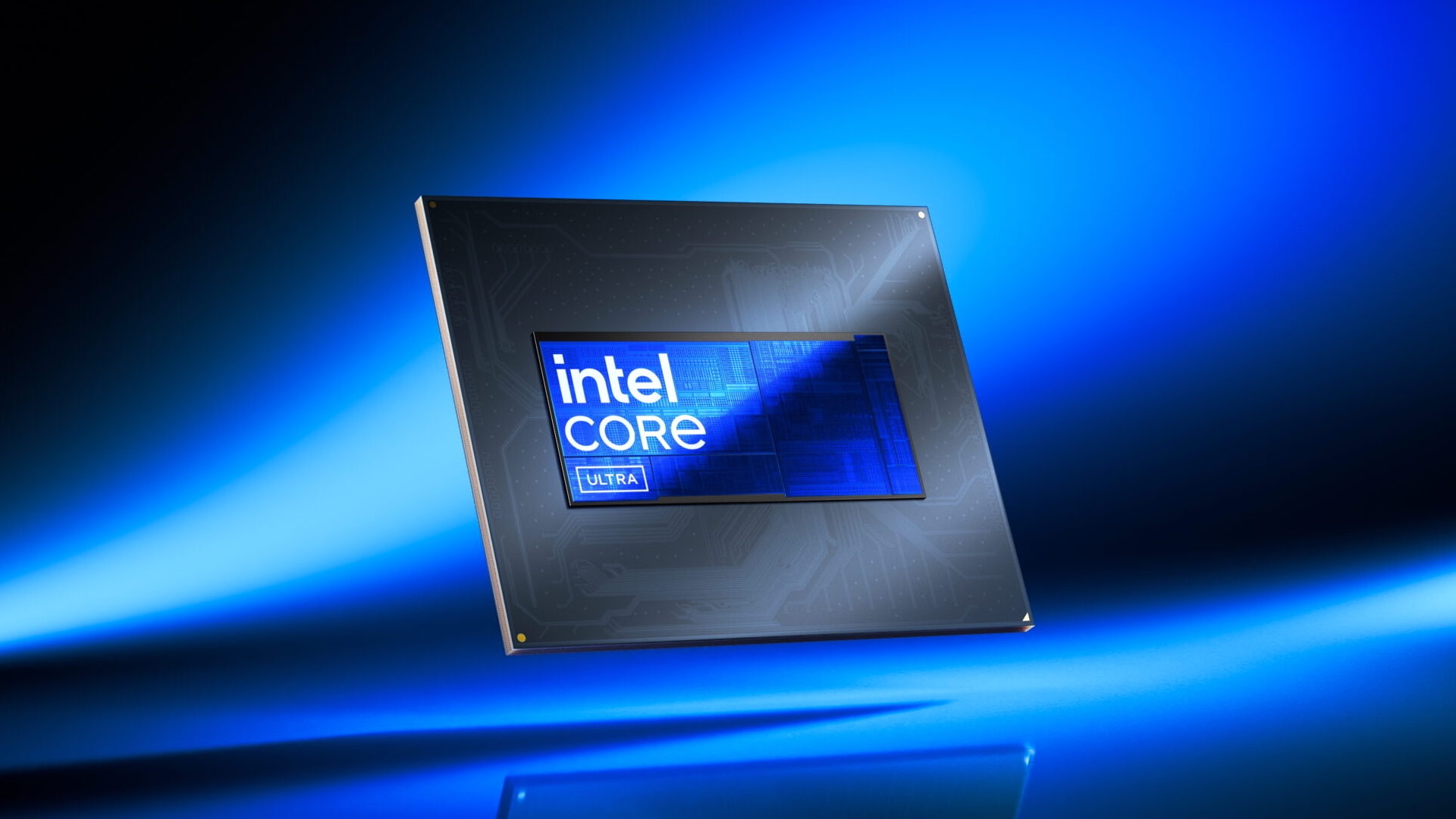
Remember we mentioned earlier this week how Intel's upcoming Panther Lake mobile CPU is shaping up to be a killer chip for gaming handhelds? Well, now we have some purported details of the first Panther Lake model Intel will release. The good news? It's coming later this year. The bad news? It reportedly won't get the exciting graphics option.
According to a post on X, Intel will launch just one Panther Lake SKU this year. It will sport four P-cores, eight E-cores, zero low-power E-cores and a four-core iGPU.
That latter detail is a little disappointing. As we reportedly earlier, perhaps the most exciting aspect of Panther Lake is a variant with 12 graphics cores. That's 50% up on the eight iGPU cores in Lunar Lake.
If you also factor in the new Celestial graphics architecture in Panther Lake, which is likely to offer more performance per graphics core than the Battlemage-based iGPU in Lunar Lake, the result should be a really substantial leap in gaming performance over Lunar Lake.
And lest you have forgotten, we found Lunar Lake to be a very nice little chip for gaming handhelds in our review of the MSI Claw 8 AI+ A2VM handheld. In short, it's very competitive with AMD's equivalent chip for handhelds based on the Strix Point APU, as seen in the Ayaneo 3. So, Panther Lake could well be by far the fastest chip for handhelds.
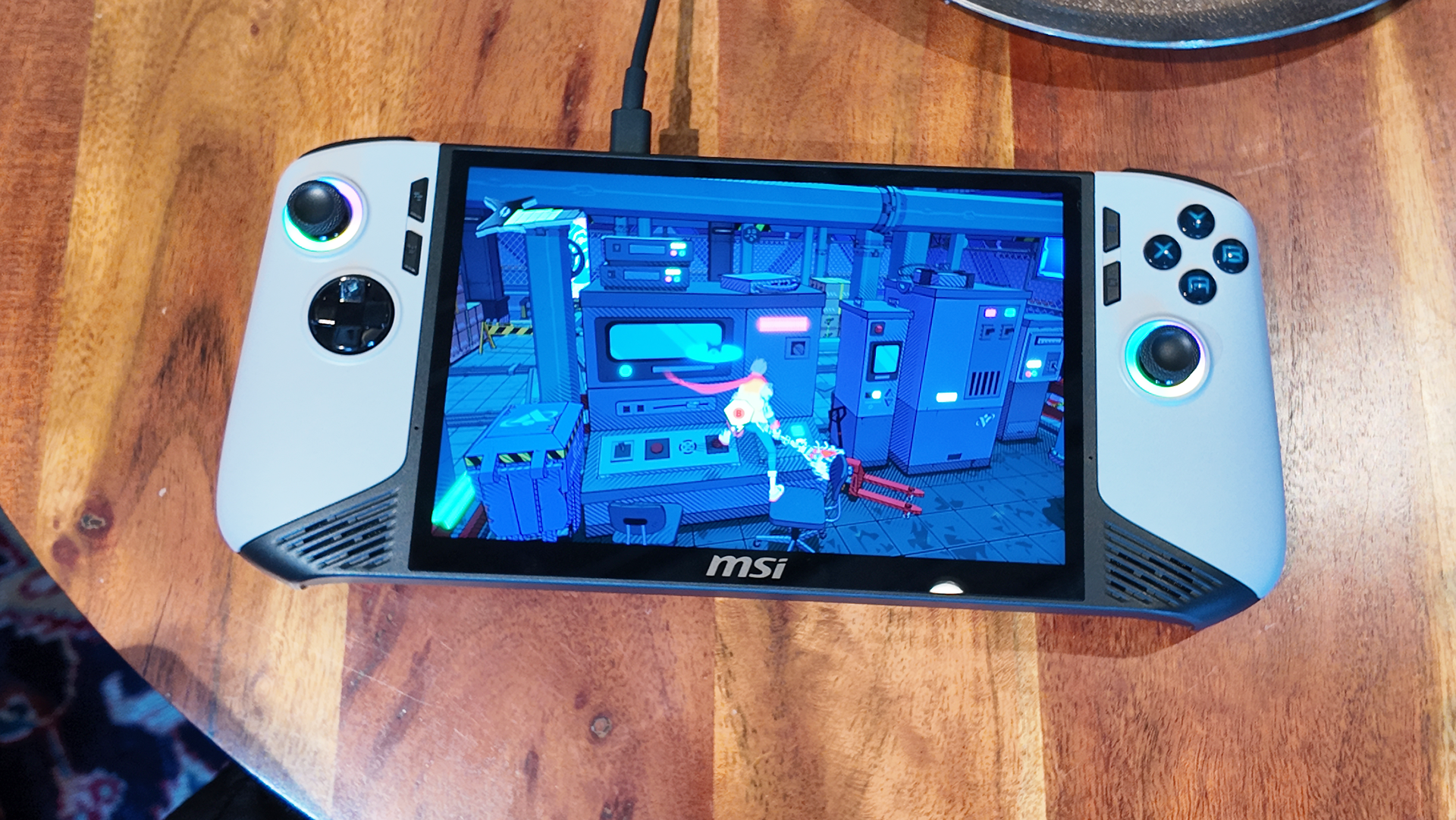
At least it would be if launched in time to compete with AMD's Strix Point. But if this latest rumour is correct, we'll have to wait until some time in 2026 for the Panther Lake model with 12 graphics cores. Because the variant detailed above with just four graphics cores is said to be the only model launched this year.
There's obviously no official word on why that's the case, if indeed the single-model story is accurate. But there's a good chance it's related to the fact the Panther Lake uses Intel's brand new 18A node for its CPU tile.
Keep up to date with the most important stories and the best deals, as picked by the PC Gamer team.
It always take time to ramp up production volumes on a new node and the assumption here is that Intel isn't in a position to manufacture enough CPU core tiles on 18A to release a full line up of chips upon immediate release.
Cynical industry observers, meanwhile, might conclude that Intel's 18A node isn't truly ready for volume production. But the company wants to get at least something based on 18A out the door in 2025 in order to keep to its own self-imposed roadmap. Thus, we'll get just the one SKU in 2025.
Whatever the reason, the next question is why it's the SKU detailed and not one with the 12-core graphics and also some low-power E-cores? That may be because Intel prefers to go with the most relevant mainstream SKU at launch and then feed in higher-end models later.
It's thought that Intel will be producing the graphics tile on TSMC's N3E node, which is fairly mature at this point and should not itself present any impediment to Panther Lake production. For an iGPU, Panther Lake's graphics are big. But TSMC has been producing much larger chips on N3E than even the most powerful Panther Lake graphics tile for some time now, most obviously the high-end variants of Apple's M4 chip range.
Anywho, it seems it won't be too long now before we get our first taste of Panther Lake and 18A. But we'll probably have to wait a little while before that killer handheld chip arrives, mores the pity.
Best CPU for gaming: Top chips from Intel and AMD.
Best gaming motherboard: The right boards.
Best graphics card: Your perfect pixel-pusher awaits.
Best SSD for gaming: Get into the game first.

Jeremy has been writing about technology and PCs since the 90nm Netburst era (Google it!) and enjoys nothing more than a serious dissertation on the finer points of monitor input lag and overshoot followed by a forensic examination of advanced lithography. Or maybe he just likes machines that go “ping!” He also has a thing for tennis and cars.
You must confirm your public display name before commenting
Please logout and then login again, you will then be prompted to enter your display name.
